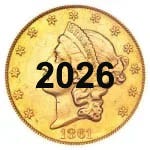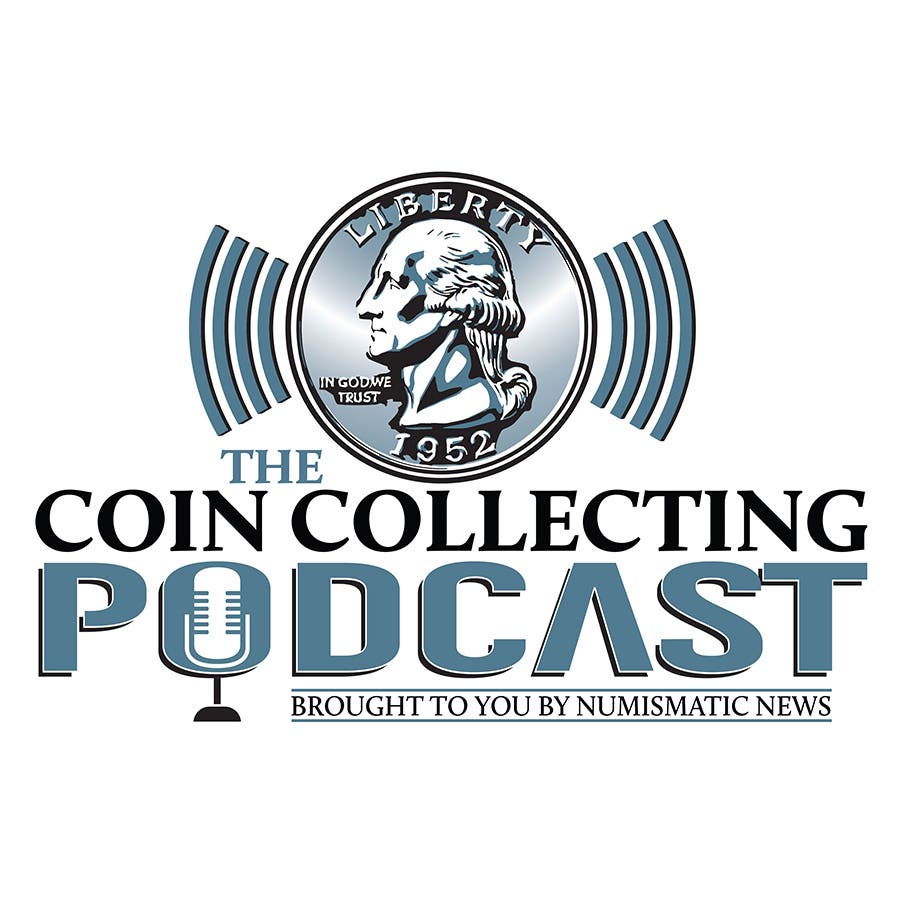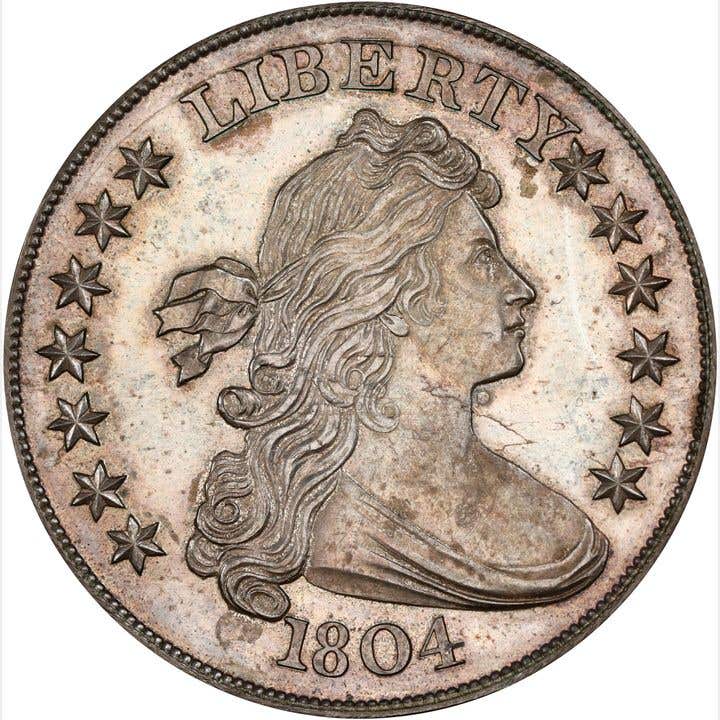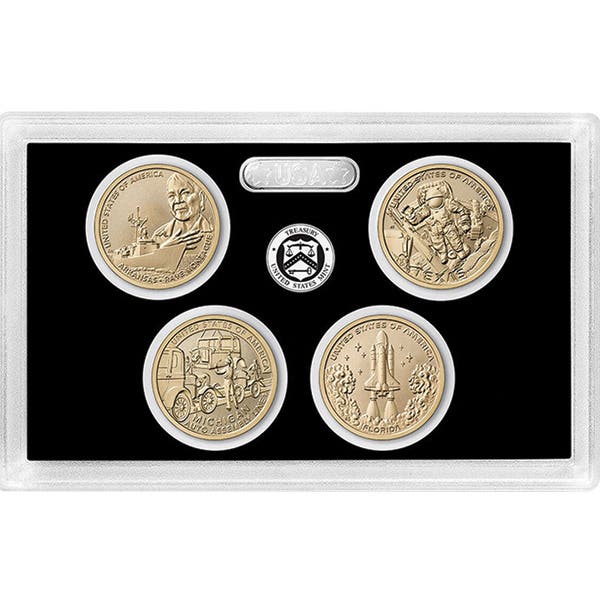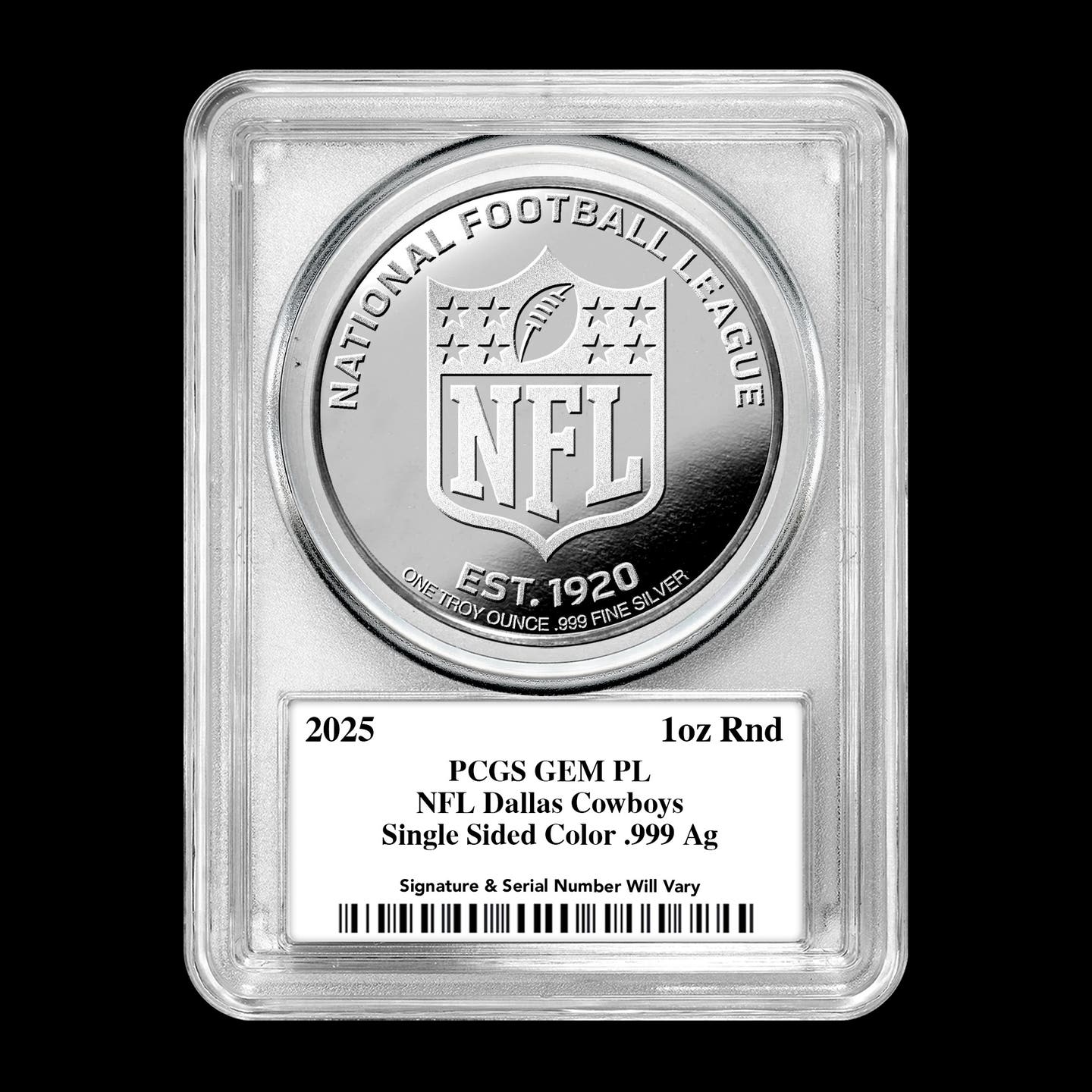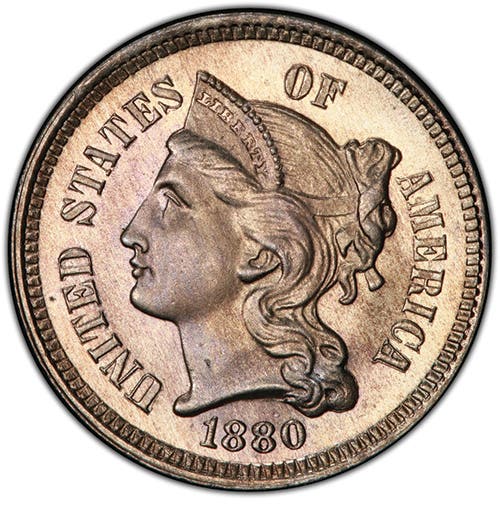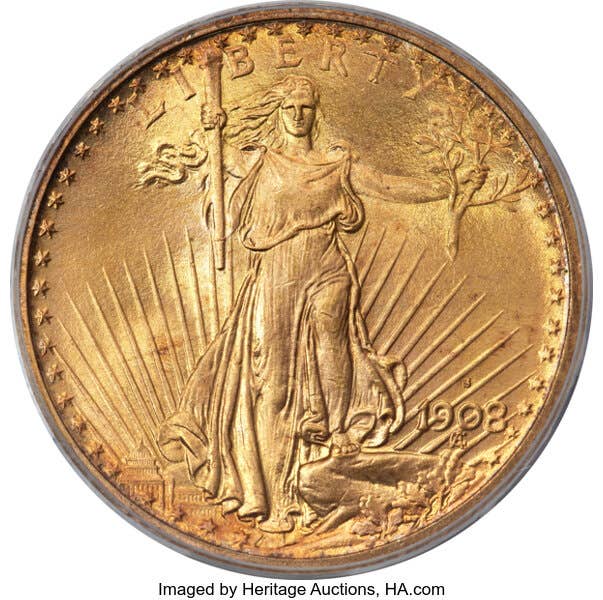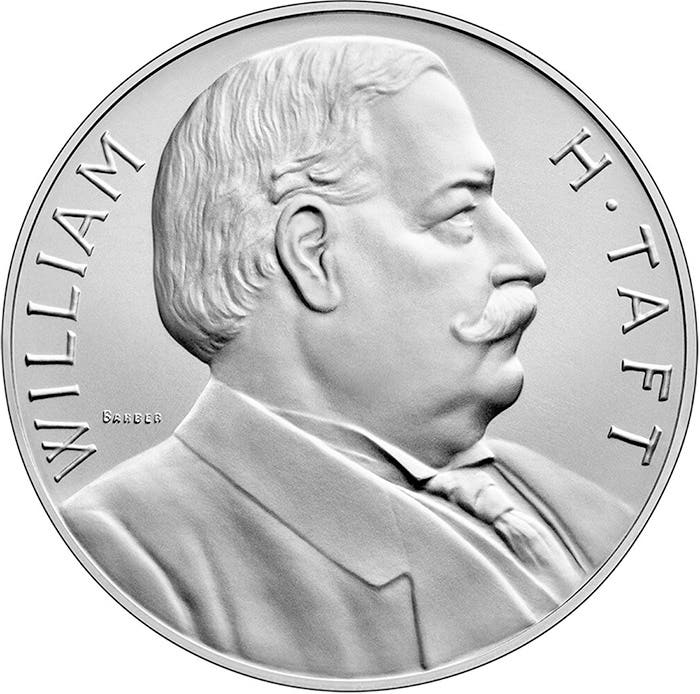Morgan Dollars Highlight Heritage Long Beach Auction
1871-CC Liberty double eagle, 1872 Amazonia quarter, and 1955 New York Assay Office silver ingot among highlights in the June 13-16 event.
A collection of the coin, sometimes referred to as the “King of America’s Coins,” will be among the top treasures in Heritage’s Long Beach Expo U.S. Coins Signature® Auction June 13-16.
The Citizen Bold Collection includes 109 Morgan dollars. Created from 1878 to 1904, again in 1921, and once more starting in 2021 as a modern Mint collectible, Morgan dollars are extremely popular with collectors across the country and around the globe.
“Morgan dollars are enormously important in American numismatic history,” said Todd Imhof, executive vice president at Heritage Auctions. “They boosted American industrialization and helped the country expand its western frontier. In addition, after the Coinage Act of 1873 ended the free coining of silver and the production of the Seated Liberty dollar, the Morgan dollar marked the resumption of standard silver dollar coinage. It holds a hugely significant place in the history of American coins.”
Among the top coins in the collection and the entire auction is an 1893-S Morgan dollar graded MS-63 by Professional Coin Grading Service (PCGS). This is a Mint State example of the coin acknowledged as the business-strike key of the series. Because of the financial climate at the time, the San Francisco Mint struck just 100,000 dollars in 1893, most of which went into circulation. Today, an uncirculated 1893-S is widely considered the Holy Grail of a Morgan dollar collection.
Another prize from the Citizen Bold Collection is an 1892-S Morgan dollar graded MS-64+ by PCGS and CAC, which is also a landmark condition rarity in the series. The issue is readily available in circulated grades but trails only the legendary 1893-S in high-grade rarity. This auction marks just the sixth time Heritage Auctions has offered a specimen of the 1892-S that graded MS-64 or better in the last 10 years.
Other top Morgan dollars from the Citizen Bold Collection include:
• An 1894-O Morgan dollar graded MS-64 by Numismatic Guaranty Company (NGC) is from a modest mintage of 1.7 million 1894-O Morgan dollars. NGC has graded just seven numerically finer examples.
• An 1889-CC Morgan dollar-graded MS-64 Deep Prooflike by NGC is from a small mintage of 350,000 produced during the second half of the year. It is a challenging issue in the series and is widely considered the most elusive Morgan dollar from the Carson City Mint.
• An 1879-CC silver dollar graded MS-65 by NGC is one of the finest certified from a limited mintage of just 756,000 pieces, and most of the coins that were struck circulated throughout the West. It is considered the second-rarest Morgan dollar from the Carson City Mint overall, surpassed only by the 1889-CC in terms of collector demand within the Carson City subset.
An additional highlight from this collection is a 1795 Flowing Hair silver dollar graded MS-63 by NGC that, in this condition, is without question among the top 100 coins of this date. Even that estimate might be conservative, considering the Three Leaves reverse, as opposed to the Two Leaves reverse style.
Another notable collection is the Mercury Rising Collection, Part II, in which one of the highlights is an 1879 Flowing Hair Stella graded PF-66 Cameo by NGC. Listed among the 100 Greatest U.S. Coins, the 1879 Flowing Hair Stellas are acknowledged as the most popular 19th-century pattern issue. It is believed that 425 examples of the 1879 Flowing Hair Stella were struck between Oct. 4, 1879, and May 10, 1880, all for inclusion in three-coin pattern sets that also included examples of the 1879 goloid dollar (Judd-1617) and the 1879 goloid metric dollar (Judd-1626). These sets were offered to Congressmen for their bullion cost of $6.10 but not to collectors or the general public until the 1880 congressional term was over.
A 1908-S Saint-Gaudens double eagle graded MS-67 by PCGS and CAC is among the most important coins in the auction and one of the finest certified by PCGS, one of just six examples graded MS-67 or better – five (including two at MS-67+) at PCGS and a single MS-67* specimen at NGC.
Other top lots from the Mercury Rising Collection, Part II, include:
• A 1930-S Indian $10 graded MS-65 by PCGS and CAC
• An 1866 Liberty double eagle graded MS-64* by NGC and CAC
• A 1906 $2.50 graded PF-67 Cameo by NGC
A third notable collection is The Avraham Collection, which comes from a longtime collector of U.S. gold. This assemblage consists largely of Liberty Head double eagles and eagles, including many Carson City and other branch mint dates.
Highlights include:
•An 1885-CC double eagle graded XF-40 by PCGS and CAC
• An 1893-CC double eagle graded MS-62 by PCGS – an example from the final year of coinage at the famous Carson City Mint
As expected, the auction features a number of exceptional coins that are not part of any collection.
An 1871-CC Liberty double eagle graded AU-55 by NGC is the second-rarest Carson City $20. A sought-after rarity from a production total of 14,687, the vast majority were released into circulation and suffered extensive wear. In his series reference, The Confident Carson City Coin Collector, Rusty Goe estimates the surviving population at 155-200 examples in all grades and says the 1871-CC double eagles are “the second-rarest date in a 19-piece set of one of the most powerful and captivating series in all of U.S. numismatics.”
An 1865 $3 gold graded PF-66 Cameo by PCGS and CAC is exceedingly rare – one of just 25 proof $3 gold pieces struck, to go along with 1,140 business-strike pieces. PCGS CoinFacts estimates the surviving population at 13-18 examples in all grades. In his new series reference, United States Proof Coins, Volume IV: Gold, John Dannreuther estimates the surviving population at 12-14 specimens, including an example in the National Numismatic Collection at the Smithsonian Institution and another in the collection of the American Numismatic Society. This coin is the top-ranked specimen in Dannreuther’s list of Significant Examples.
An exceedingly rare 1872 Amazonian quarter, Judd-1197, graded PF-66 Cameo by PCGS, is the finer of just two known examples. These patterns were issued in denominational sets of the quarter, half dollar, and dollar in silver, copper, and aluminum. They have been a highlight of several important collections—remarkably, Bob R. Simpson acquired both of the known examples of this extremely rare pattern for his collection.
A 1955-dated New York Assay Office silver ingot measures 11.1 inches (28.3 centimeters) long and weighs an estimated 1,041.68 ounces, making it one of just 13 known New York Assay Office silver ingots to eclipse 1,000 ounces. The end is stamped with the melt number 6973A, and it has a fineness of .999, as is expected for the date. A “6” is stamped on the opposite end of the ingot, indicating the lot number.
Information and images of all lots in the auction can be found on Heritage Auction's website.


